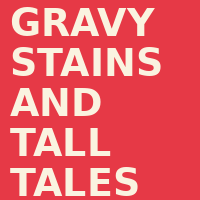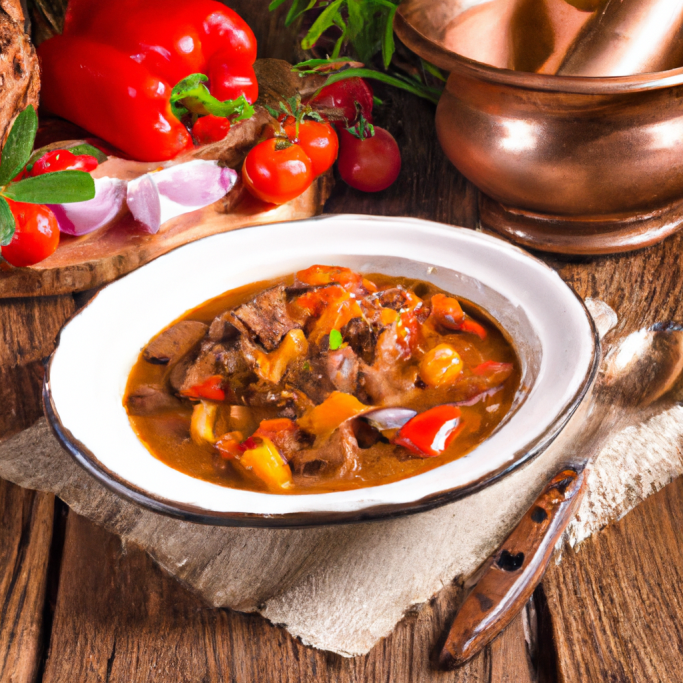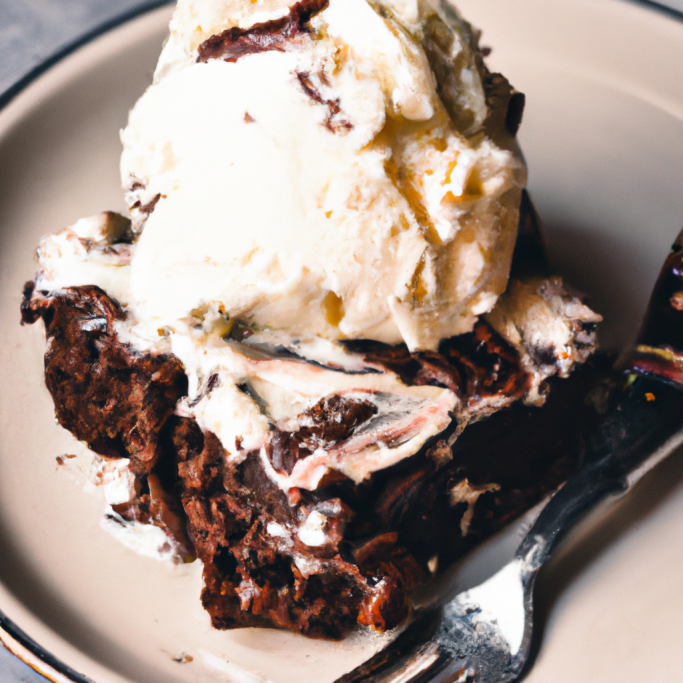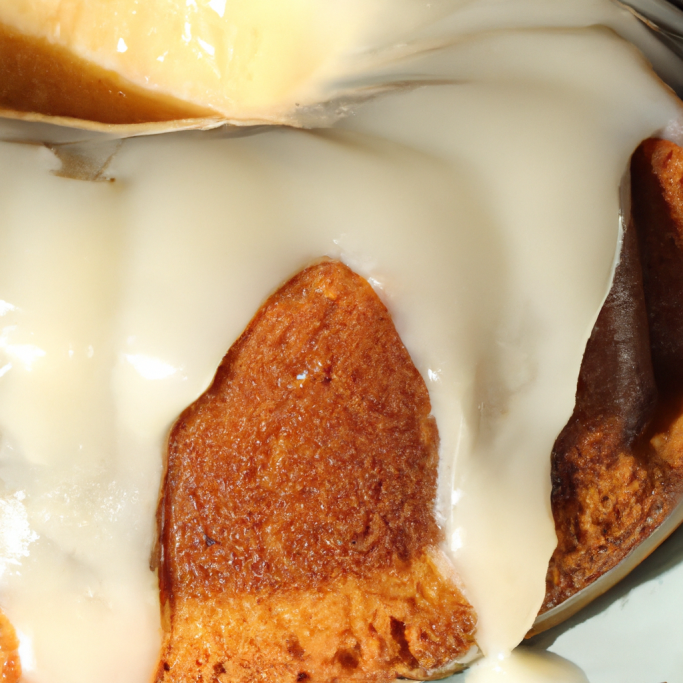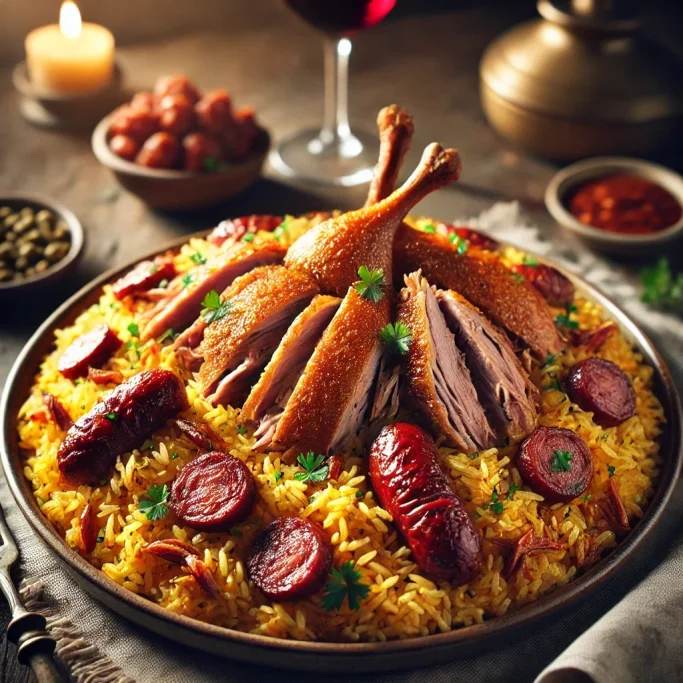Gravy wars and Tupperware regret: The post-Christmas kitchen hangover
Christmas, for those of us who revel in the kitchen, is a battlefield. It’s where we flex, where we bleed, and where we pour every ounce of ourselves into meals that people will talk about until the next snow falls.
The house is too quiet. The last echoes of clinking glasses and scraping forks have faded into the ether. A pall of stillness hangs heavy, like the fog of a morning after, thick with regret and lingering satisfaction. Christmas has come and gone, leaving only the faint aroma of roasted turkey and the ghosts of meals past to haunt the kitchen.
There’s a certain melancholy to the post-Christmas letdown, and it’s not just the mountain of dishes waiting in the sink. It’s the end of a grand performance, the curtain call on weeks of meticulous planning, prepping, and execution. Cooking for the holidays is theatre — messy, chaotic, soul-affirming theatre — and this year, the production was nothing short of spectacular.
It started with the turkey. Not just any turkey, but one stuffed with my dad’s legendary sausage and rice stuffing. It’s a recipe steeped in nostalgia and mystery, each spoonful a taste of childhood – a recipe that’s less written down and more tattooed on my soul. Then there was my mom’s French Canadian tourtière, a glorious ode to meat and spice, its flaky crust breaking apart to reveal a filling that whispered of snowy winters and warm kitchens. We glazed a ham until it glistened like a jewel, candied and caramelized to perfection. Even the humble meatloaf made its debut, proving that simplicity can be sublime when done right – like an underdog showing up to the feast and blowing everyone away.

And then there was the gravy.
Oh, the gravy. Not the slapdash sort you throw together at the last minute while the turkey rests. No, this gravy was an opus. Bones slow-roasted until their marrow wept, a stock pot simmering for days, fed like some sacred flame with vegetable trimmings—a leek here, a carrot there. A symphony of savouriness that culminated in what can only be described as liquid gold. By Christmas Day, it was transcendent, a velvet elixir that tied the entire meal together. People wept. Angels might’ve sung.
Of course, the table groaned under all the trimmings: Duck-fat roasted potatoes emerged from the oven, their edges golden and crisp. Sweet potato gratin offered a creamy, caramelized counterpoint so rich it felt criminal. Brussels sprouts, kissed with balsamic and bacon, defied every childhood prejudice against them, so good you almost felt bad for the sprout’s bad PR. Roasted carrots and parsnips brought an earthy sweetness. And cranberry sauce, but not the gelatinous cylinder you hide on the plate. No, this was the real stuff—tart cranberries mellowed with maple syrup, like the forest decided to join the party.

For days, we cooked. For hours, we ate. And then it ended. It was a feast to end all feasts, the kind of meal that makes you feel alive even as it threatens to lull you into a food coma.
The post-Christmas letdown is as inevitable as it is cruel. The leftovers, no matter how glorious on Boxing Day, become a chore by day three. The kitchen, once alive with the hiss of roasting meat and the sharp clatter of knives, now feels too quiet. The fridge, packed to its breaking point, becomes a minefield of cling film and foil-wrapped regret. And you? You’re left staring at a sink full of dishes and a pile of Tupperware, wondering if it was all worth it.
Spoiler: it was.
Post-Christmas is the hangover of the culinary calendar. The thrill of creation is gone, replaced by the muted satisfaction of knowing you gave it everything you had. It’s a strange emptiness, a void that no reheated turkey leg or microwaved ham slice can fill.
But maybe that’s the point. These moments of quiet reflection, the comedown after the high, are what make the next feast worth chasing. The post-Christmas letdown isn’t an ending; it’s a reset, a time to dream of new recipes, new challenges, new reasons to gather around the table.
Because that’s the thing about the feast. It’s not just about the food—though the food was, unquestionably, extraordinary. It’s about the people who gathered around it, the stories shared, the laughter that mingled with the clink of glasses. It’s about that fleeting moment when everything feels right, even if only for a night.
So here I sit, sipping a glass of wine in the stillness, staring at a kitchen that looks like it survived a tornado. The dishes will get done, the fridge will be emptied, and life will return to its usual rhythm. But for now, I’ll savour the silence, the echoes of laughter and clinking glasses still ringing in my ears. After all, the best meals aren’t just about the food — they’re about the stories, the people, and the fleeting moments of magic that linger long after the plates are cleared.
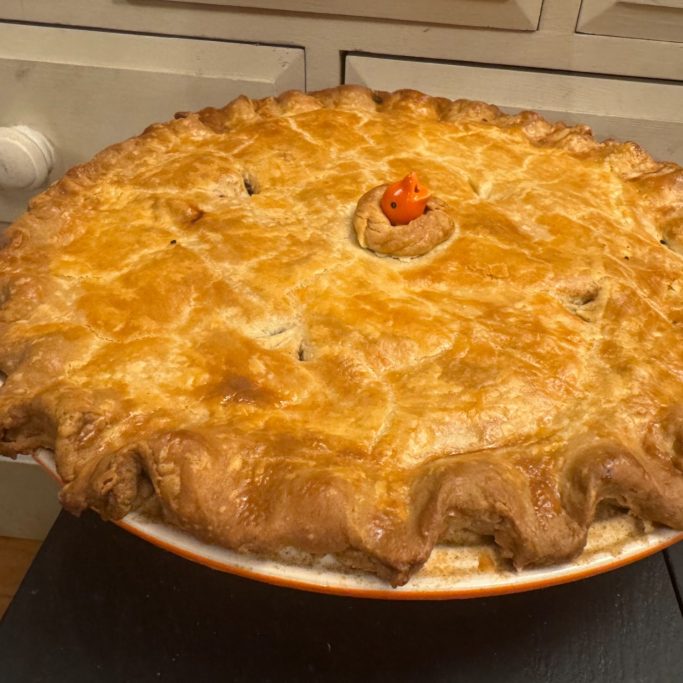

Mom’s French Canadian Tourtière
Ingredients
- 3 kg ground pork
- 1 kg ground beef
- 1 kg ground veal
- 1 kg ground venison
- 3 cups onions finely chopped
- 3 cups celery finely chopped
- 1/4 cup garlic finely minced
- 1 litre of dry red wine
- 1 litre of veal or beef stock
- 1/4 tsp of each – ground cloves nutmeg, mace, thyme, savoury
- 3 bay leaves
- 3 cups oatmeal or 1-2 large potatoes grated or a mix of both
- Salt and pepper to taste
Instructions
- In a large Dutch oven, sauté meat on high heat to brown well.
- Add onion, celery, and garlic and sauté until soft.
- Add red wine to deglaze the pan and reduce completely until virtually no liquid remains.
- Add stock, oatmeal/grated potato, dried cloves, nutmeg, mace, thyme, bay leaves, and savoury and simmer 15 minutes. Salt and pepper to taste.
- Refrigerate overnight.
- Make mom’s no-fail pastry (double recipe).
- Roll 1/4″ thick and place in pie plate and brush lightly with egg wash (1 egg and 2 tsp water, beaten).
- Fill with meat mixture, cover with pastry and brush with egg wash.
- Crimp edges and cut air hole in top.
- Bake 350 degrees F until golden brown (45 minutes to an hour).
- Serve warm or cold. Great with ketchup! 🙂
